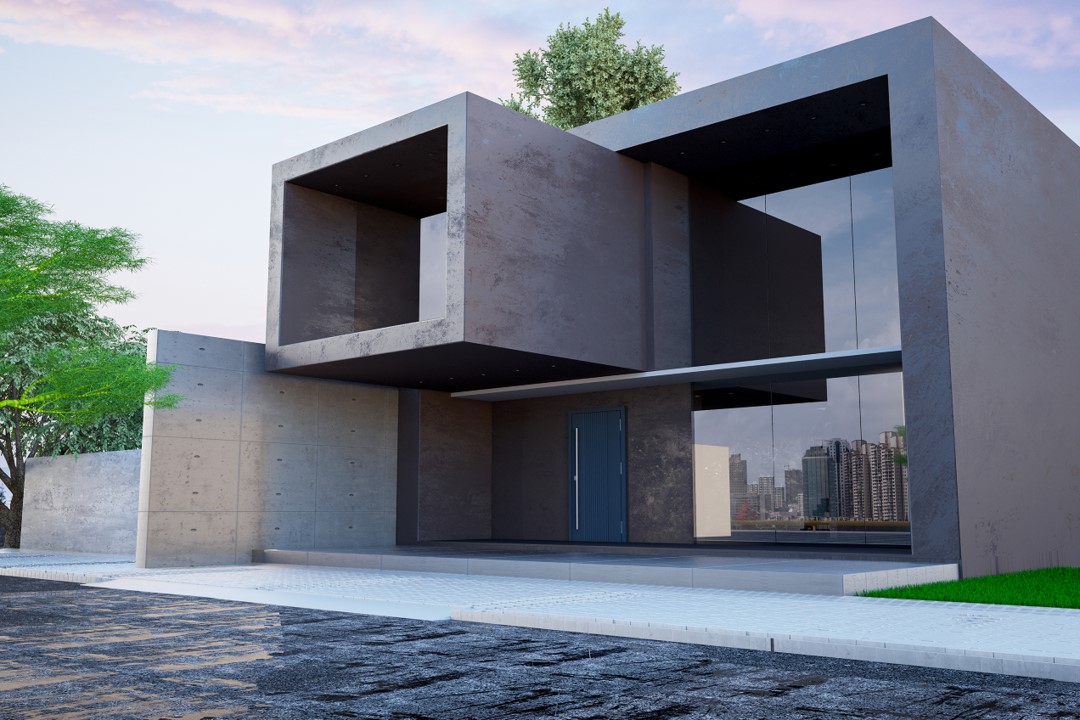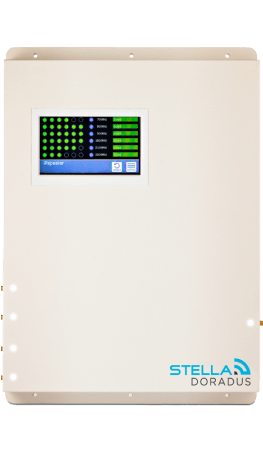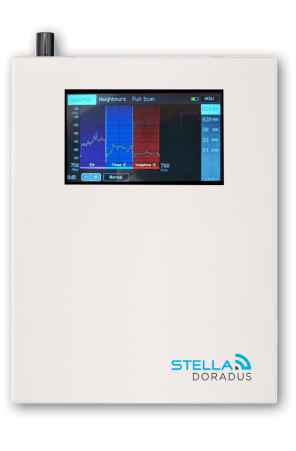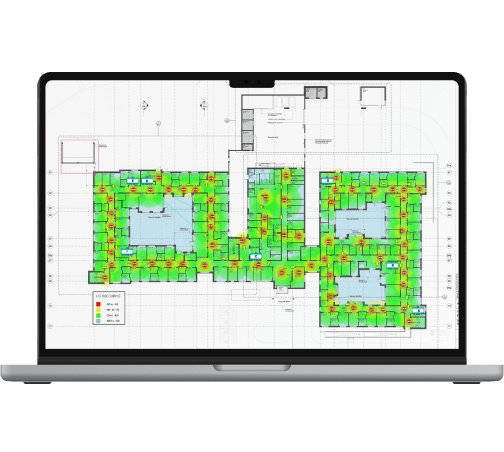
It is frequency found in large cities that even if the operator’s mast is right beside the office and you have super fast data speeds on the street, on entering the building there is no mobile signal available and mobile phones will not work inside. With staff and visitors relying on their mobile phones for business calls, data, mobile pay, and the myriad of other apps that we take for granted, it is increasingly frustrating and unprofessional for businesses to have no mobile signal inside their premises.
What causes signal issues in buildings in the town or city?
Modern building materials block the mobile signal, and as insulation materials improve, this further inhibits the mobile signal from penetrating the building. Mobile signal will not pass through a solid wall, whether it be of stone or of concrete. Triple glazed windows have a metal oxide layer which is like a sheet of metal, and this completely blocks the signal. Warehouses are generally made with a steel cladding, which acts as a faraday cage, also blocking the signal.
Signal issues can be extremely inconvenient and highly annoying.
This is caused by the materials used in the construction of the buildings. Signal is known to be blocked by anything metallic, metal oxide coated windows and concrete. These are all things that modern buildings use extensively, especially high rise buildings found within cities.
Are certain types of buildings worse at getting signal than others?
Absolutely. Anything made out of concrete will not receive good signal. The same goes for any underground carparks or basements. Similarly, modern constructions that use lots of metal will also struggle to get good signal. This includes windows with metal oxide layers on them.
If these buildings are well spaced out and are not in a tight cluster with each other, then the signal may still be strong enough to propagate through the building’s windows. If there are a number of these buildings in a small space, this will dramatically affect the quality of the signal. The signal will bounce off of the buildings, gradually become weaker and weaker with each reflection. These reflections can also cancel each other out when they collide with each other (out of phase), and form “black spots” where there is absolutely no signal at all.
Ultimately, this can cause signal issues for the entire area, as the signal from the broadcast tower is irreversibly weakened by each reflection.
Saying that, most traditional buildings will not block signal. In older buildings the signal may pass inside and this is because the windows are probably single glazed with PVC or wooden windows. These materials do not block mobile signal.
Signal issues may not occur in flats, apartments and offices, either. If they are in an area that receives strong signal, being higher up can actually be advantageous, as it means the signal received by the devices in the building is cleaner as it has a more direct route into the building from the broadcast tower.
Can poor signal in problem buildings be fixed?
There are a variety of solutions that can improve signal. Some users may find that femtocells are the best option. These are fairly limited and restrictive solutions, but if you live on your own, or in a house where all mobile devices use the same network provider, then a femtocell could be the best option.
For public and commercial properties, or homes with lots of devices connected to different mobile networks, installing a mobile repeater could be a more useful solution. StellaDoradus repeaters are not network restricted. This means they will boost the signal of all mobile networks for an unlimited number of simultaneous users, which makes them much more flexible for commercial properties.





